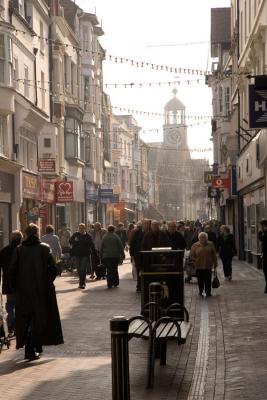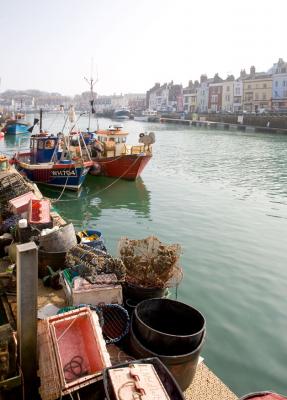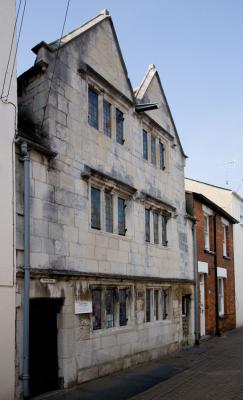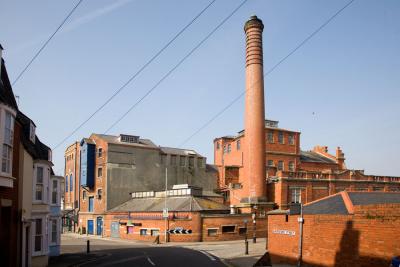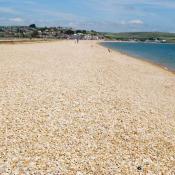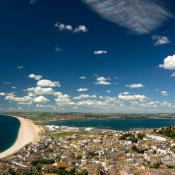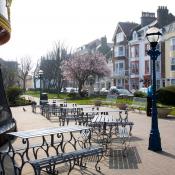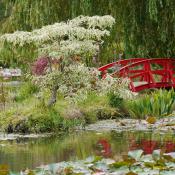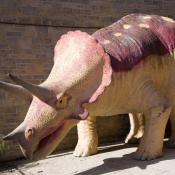
Weymouth Bay has often been described as England’s Bay of Naples. It has something to offer everyone with golden sands, safe bathing and beautiful coastline scenery. It is ideally situated for exploring much of the lovely surrounding countryside and is largely unspoilt by tourism. The donkeys on Weymouth Beach are a great attraction for families visiting the resort.
The beach hosts many events including the International Beach Kite Festival each May. There are also vintage vehicle and motorcycle rallies, the Ironman triathlon, sailing championships, handball and volleyball events throughout the summer. The main event of the year is Carnival Day in August, which is a full day of family entertainment.
The sea is not always gentle and horrendous storms have claimed countless lives over the years. Winter gales and treacherous currents have often combined to cause shipwrecks in the Weymouth area of Dorset, particularly around Portland and Chesil Beach. There are also many legends of smuggling in the past, often accompanied by extreme violence.
The town was originally a fishing village but, in the 17th century it began to be developed as a tourist destination. King George III visited Weymouth regularly, and this resulted in the town becoming a fashionable holiday resort. He bought Gloucester Lodge on the seafront as his holiday home. Gloucester Lodge had been built by his brother, the Duke of Gloucester. Many buildings date from that period and there is a fine Georgian Esplanade overlooking Weymouth Bay.
There are plenty of facilities for the tourist – hotels, restaurants and cafés abound and there are plenty of opportunities for leisure activities such as boating and other water sports. There is a market in town every Thursday. The harbour has ferry connections to the Channel Islands and France and there is a Tourist Information Centre there. Weymouth’s harbour has two main parts in addition to the ferry terminal.
Custom House Quay is on the Melcombe Regis side of the river estuary and the Old Harbour is on the Weymouth side. The two harbours were often opposed over trading rights until they were officially united by Royal charter in the reign of Elizabeth I. The Borough of Weymouth and Melcombe Regis was formed in 1571. An original bridge, linking the ports of Weymouth and Melcombe Regis, was built in 1597 but the present bridge dates from 1930. It is a drawbridge which opens every two hours intervals to allow ships to pass through.
The main town of Weymouth today was originally Melcombe Regis. The original town of Weymouth is on the opposite side of the harbour. Maiden Street, on the Melcombe Regis side of Weymouth, boasts a house with a cannonball lodged high up in the wall. It is believed to have been fired from the Weymouth side of the harbour during the English Civil War in the 17th century. Around the corner in St. Edmund Street is the Guildhall, now the local registry office. This building was opened in 1838 on the site of the original Melcombe Regis Town Hall.
Part of this side of the harbour is known as Custom House Quay and the Customs House still stands here, on the corner of East Street. Opposite stands an old warehouse now housing the Deep Sea Adventure, an exhibition of life on the seas including an exhibition about the Titanic. Another 19th century building close by is the headquarters of the Dorset Yacht Club, formerly the Sailor’s Bethel.
Shipbuilding used to take place along this quay and there was quite a lot of sea traffic, even in the early days of the town. The bubonic plague was believed to have entered England through the port of Melcombe Regis in 1348. Details of this and other historical facts are depicted in the Timewalk on Brewers Quay on the Weymouth side of the harbour.
Over on the old Weymouth side of the harbour is Holy Trinity Church, built in 1836. Before this church was built, parishioners had to travel over a mile to All Saints Church at Wyke Regis. Trinity Road used to be part of Weymouth’s old high street which ran from North Quay. An attractive combination of buildings from various eras line the edge of harbour along Trinity Road. The Kings Arms was built during the 16th century but now has a Georgian frontage.
Another Georgian property on Trinity Street is Trinity House and next door is the Old Rooms, an Elizabethan building. Originally a private house, it became Weymouth’s Assembly Rooms during the 18th century. The original oak fireplace surround was removed to Warmwell House. The building became known as the Old Rooms on closure of the Assembly Rooms in 1785 after new assembly rooms had been built on the Melcombe Regis side of the harbour. Outside is the monument of the old town pump which was originally sited on North Quay at the start of old Weymouth’s high street. Further along the street is a 17th century building misnamed the Tudor House. It was originally two cottages.
A 250 berth marina was built during the 1990s and new properties have appeared alongside it. However, the new developments are in a style in keeping with the general area. A new shopping centre has also been built in this area of town.
One of the Weymouth attractions is Brewers Quay, with the Timewalk and the tastings bar. Visitors have the opportunity to sample the ales which are still brewed there at the Quay Brewery. Inside this Quay is Weymouth Museum, which has exhibitions on the town’s social, economic, and maritime history. Entrance is free. Nothe Fort, the Museum of Coastal Defence, lies at the end of the Quay. This fort was built in 1860 as part of the defence of Portland Harbour. Between the Fort and Quay are Nothe Gardens, from which there are excellent views of nearby Portland.
The Radipole Lake reserve is in the centre of Weymouth and offers panoramic views of the reserve from the visitor centre. There is easy access to the rest of the reserve along well-maintained paths suitable for both wheelchairs and pushchairs. The large reed beds, open water and flood meadows attract many different species of birds throughout the year.



